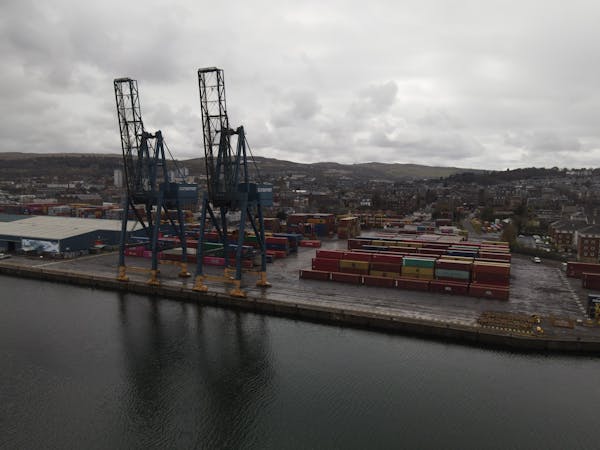Sea Freight Shipping from Guangzhou/Shenzhen to Itajaí Port, Brazil
Shipping Methods: FCL vs. LCL
Full Container Load (FCL)
- Container Sizes: 20FT and 40FT containers are the standard options for FCL shipping.
- A 20FT container can accommodate around 28 cubic meters of cargo.
- A 40FT container offers roughly 56 cubic meters of space.
- CIF Incoterm: When opting for CIF (Cost, Insurance, and Freight), the seller assumes responsibility for the cost of shipping, insurance, and freight charges until the cargo reaches the port of Itajaí. This option offers convenience, as it covers most of the logistics up to the destination port.
- Transit Time: The average sea freight journey from Guangzhou or Shenzhen to Itajaí takes approximately 40 days, depending on the route, weather conditions, and port handling.
- Container Sizes: 20FT and 40FT containers are the standard options for FCL shipping.
Less than Container Load (LCL)
- For smaller shipments, LCL is a cost-effective solution. LCL shipping allows you to share container space with other exporters, reducing the cost of transportation. However, it may take longer compared to FCL, as the cargo must first be consolidated at the departure port and then de-consolidated at the destination port.
- Transit Time: For LCL shipments, the journey duration may be similar, around 40 days, but additional time for consolidation and de-consolidation can add some extra days to the overall delivery time.

Packaging of Door Handles for Sea Freight
Proper packaging is crucial to ensuring the safety and security of your products during transit. Door handles, often made of metal, require careful handling to avoid damage during the long sea journey. Here’s a guideline for packaging door handles for sea freight:
Individual Packaging:
- Each door handle should be individually wrapped in bubble wrap or foam padding to protect it from scratches, dents, and corrosion.
- For additional protection, use plastic bags or shrink wrap to keep the handles from coming into direct contact with moisture, which is particularly important for metal parts to prevent rusting.
Grouping and Box Packaging:
- After individually wrapping the door handles, group them together in sturdy cardboard boxes. Each box should be appropriately sized to minimize the movement of the items inside.
- To further protect against impact, the boxes can be lined with styrofoam or foam inserts to cushion the contents.
Palletization:
- If shipping multiple boxes, it’s advisable to place the boxes on wooden pallets. Palletization helps in easier handling during loading and unloading at the ports, reducing the risk of damage.
- The palletized cargo should be shrink-wrapped or strapped to secure the boxes in place and prevent any shifting during transit.
Labeling and Documentation:
- Each package should have a shipping label clearly indicating the destination, contact details, and contents. It’s also essential to mark the packages with “Fragile” and “This Side Up” to ensure proper handling.
- A packing list and commercial invoice should be included to facilitate customs clearance at both the origin and destination ports.

Port Handling and Customs Clearance
Once the cargo reaches Itajaí (Navegantes) Port in Brazil, the next step is customs clearance. To expedite the process, make sure all the required documents, such as the bill of lading, invoice, and packing list, are prepared. In the case of CIF shipping, the seller’s responsibility for insurance and freight extends until the cargo arrives at the port, ensuring smooth customs clearance and reducing potential complications.



